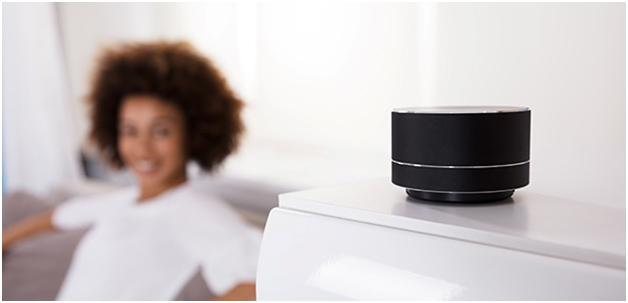August 2018
Smart Homes: The Way of the Future or a Risk to Homeowners?
Glitches of early iterations aside, smart home technology has an increasingly active presence in the lives of homeowners who are looking for convenience and savings in a pushed-for-time era. From adaptive thermostats that automatically gauge energy usage and alter temperatures for optimal savings, to smart home speakers that use sophisticated artificial intelligence to provide services and information in real-time, a homeowner can now cross off a variety of menial tasks from their daily to-do list without doing more than speaking a phrase out loud or clicking a button on their mobile device.

But what is the true cost of this convenience? Some gadget adopters are reporting invasion of privacy, security risks, and more. These are a few of the reported instances thus far:
7 Water-Saving Tips for Your Yard
Looking for a lush, gorgeous yard, but not happy about guzzling tons of water? The following tips can help you keep your yard stunning and your water consumption low.



